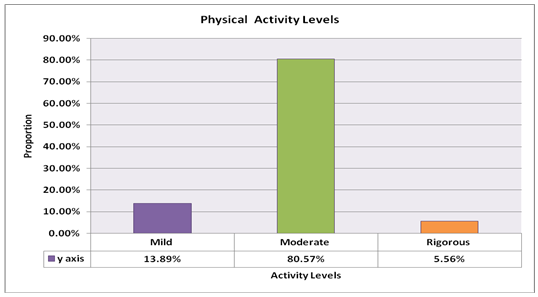By Nayab Naina, Hina Gul1, Hafiz Muhammad Asim2
AFFILIATIONS:
- Lahore College of Physical Therapy, Lahore Medical and Dental College (LMDC), Lahore, Pakistan.
Dear Editor,
Pregnancy is a natural physiological process, which is generally experienced by every normal woman throughout her life. Multiparity is more than one but less than five live births1. It is always a big task for the physiotherapist to treat women during their pregnancy or postpartum period. Different structural and functional changes happen during pregnancy. In the third trimester, the individual muscle cell of the uterus grows to 10 times from the previous length when there was no pregnancy. In the third trimester, the abdominal muscles, especially both margins (right and left) of the rectus are extended to their elastic limit; this significantly lessens the ability of muscles to produce strong abdominal contractions1. Diastasis recti abdominis (DRA) is characterized as a disability with partition from the middle of the two rectus abdominis muscles at the level of linea alba2.
Few researches revealed the commonness of diastasis recti in pregnant females and six weeks after delivery. In these studies, the hazardous factors for having diastasis recti have been proposed i.e., greater age, more than one child birth, caesarean section, obesity, high birth weight, multiple pregnancies, ethnicity, and childcare. There are few types of research exploring the hazardous factors for having diastasis recti in a period of greater than 6 months postpartum and there is sparse knowledge on the results of diastasis recti. It has been asserted that diastasis recti may change posture and give more back strain because of decreased strength and function of muscles prompting low back pain3.
Physical activity is a broad term that means any action that includes active movement can cause a rise in heart rate and caloric expenditure, the extent of calories used. An active lifestyle prevents chronic degenerative diseases. In pregnant women, exercise is related with various benefits to maternal health, which include the prevention strategies and control of gestational diabetes, weight gain, low back pain and positive impacts on maternal psychological well-being and lifestyle. Thus, an active lifestyle is suggested for all the normal pregnant women. The individuals who are active before pregnancy and those who are inactive but planning to start some activity during the period of pregnancy can perform physical activity, provided that they participate in exercises that are moderately vigorous and do not participate in those activities that cause risk of falling or abdominal injury 4.
The majority of pregnant females do not perform any type of activity and leads to a reduction in their physical activity including their household and work-related tasks. In our project with a sample size of 108 female patients having diastasis recti, reported mild level 15(13.89%) of physical activity, 87(80.56%) with moderate level and 6(5.56%) with a rigorous physical activity. To the best of our knowledge, pregnant women have been observed to be inconvenient doing exercise because they have a fear of miscarriage. Physical inactivity during pregnancy prompts numerous complexities for example, obesity, cardiovascular, weight gain, diabetes, glucose intolerance and stress where all these conditions may cause issues in normal delivery5. The health care professionals should direct attention towards development of physical activity awareness programs as it is the need of an hour during this sedentary behavior era.

The authors would like to thank Lahore College of Physical Therapy for facilitating the project.
The authors declare no conflict of interest.
NN did the conception and design. HG did the data collection and HMA did the intellectual content.
- Khandale SR, Hande D. Effects of abdominal exercises on reduction of diastasis recti in postnatal women. Int J Health Sci Res. 2016;6(6):182-191.
- da Mota PG, Pascoal AG, Carita AI, Bø K. Prevalence and risk factors of diastasis recti abdominis from late pregnancy to 6 months postpartum, and relationship with lumbo-pelvic pain. Man Ther. 2015;20(1):200-205.
- Sperstad JB, Tennfjord MK, Hilde G, Ellström-Engh M, Bø K. Diastasis recti abdominis during pregnancy and 12 months after childbirth: prevalence, risk factors and report of lumbopelvic pain. Br J Sports Med. 2016;50(17):1092-1096.
- Nascimento SL, Surita FG, Godoy AC, Kasawara KT, Morais SS. Physical activity patterns and factors related to exercise during pregnancy: a cross sectional study. PLoS One. 2015;10(6):1-14.
- Gallus KM, Golberg KF, Field R. Functional improvement following diastasis rectus abdominus repair in an active-duty navy female. Mil Med. 2016;181(8):952-954.
